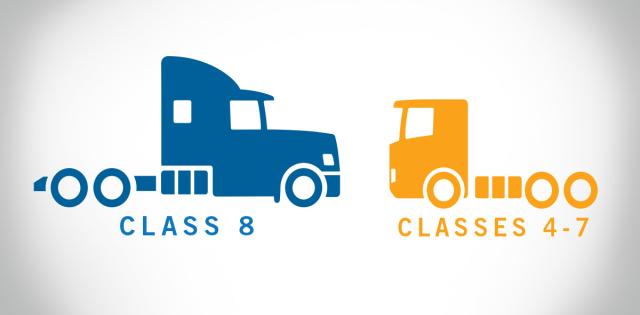So. You've awakened to the fact that you have an obsolete parts problem. It’s pushing your expenses up, your productivity and profit down, and driving your best techs away. It erodes your CSI and eventually damages your ability to create repeat vehicle sales. (See our earlier post How to Sabotage Repeat Vehicles Sales in Seven Steps.) You know you need to do something about the problem, but you keep putting it off because you know your earnings will get bruised in the process. No one will pay big money for parts that don’t sell, so you will have to settle for pennies on the dollar and that will hurt your operating results. Right?
What if it won’t hurt as much as you think?
Follow the math through three easy moves. We’ll use round numbers to keep it simple.
- You have $30,000 in obsolete parts. Let's assume you find someone who will pay $5,000 for those obsolete parts. That's not quite 17 cents on the dollar and so far, this feels a lot like a $25,000 haircut, but . . .
- You will reinvest that $5,000 into parts that are current and active. That fresh inventory should turn six to eight times a year. Let’s be conservative and assume only six turns. Those six turns on $5,000 in inventory will produce about $30,000 in additional sales in the first year. In a typical earnings scale, that would generate about $11,000 in additional gross profit. But wait! There's more.
- Parts don't install themselves so if you are selling an additional $30,000 in parts you will also sell about $30,000 of additional labor. (Parts and labor tend to sell at a ratio that’s approximately 1:1.) Given this ratio, that would generate about $22,000 in additional labor gross. In other words, the first-year bump in total gross would be approximately $33,000 -- more than enough to cover the $25,000 hit you took on the cleanup. All additional gross profit the next year would be gravy. And the year after. And so on. (BTW: At eight turns, that bump in total gross could be more like $44,000 per year.)
Sound too good to be true? That depends on you because here's The Big Caveat: You collected all those obsolete parts because you had process flaws. If you don’t fix those process flaws, you’ll be struggling with another obsolescence problem in just a few years.
What are the process flaws that cause obsolete parts to accumulate? We'll get into that in the next post in this series. But in the meantime, get to work on that plan to clean up your inventory. The best time to have started was last year. The second-best time is today.
For additional resources to learn how to reduce parts obsolescence, consider taking the NADA Online course “Overcoming Obsolescence” or visit the previous posts in this series, Parts Obsolescence: The Snakes That Eat Profits, Freeze Working Capital, Scare Your Techs and Poison CSI and How to Sabotage Repeat Vehicles Sales in Seven Steps.
For more information about NADA’s educational programs, visit www.nada.org/education or send an email to academy@nada.org or call 800.557.6232.










